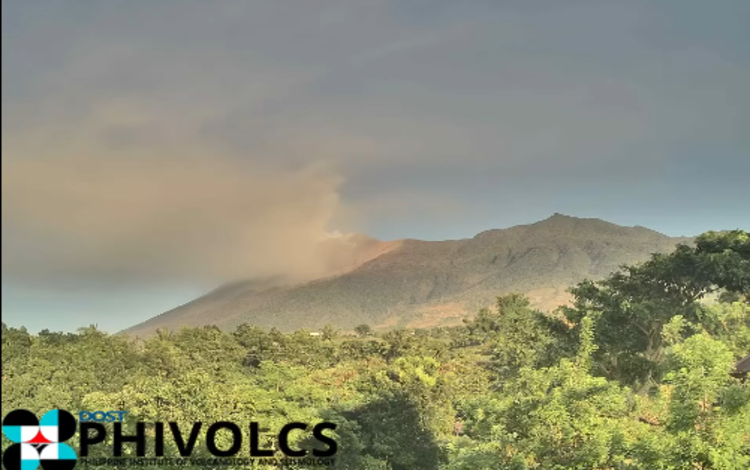Mari Andylene Quintia, resident volcanologist of the DOST-PHIVOLCS Kanlaon Volcano Observatory, stated that there is a high possibility that the status of Kanlaon Volcano could be raised to Alert Level 3. In the past 24 hours, PHIVOLCS recorded over 11,000 tons of sulfur dioxide emissions from the volcano, along with 79 new earthquakes. PHIVOLCS further mentioned that there is a possibility of a volcanic eruption due to significant ground deformation and high gas emissions from the volcano.

If the status rises to Alert Level 3, residents within the 6-kilometer permanent danger zone surrounding the volcano will need to evacuate to avoid the risks associated with a possible eruption.
In line with this, PHIVOLCS released a list of areas that could be affected by a potential lava flow should a magmatic eruption occur. Twelve barangays in Negros Occidental are included among the areas at risk, particularly in the towns of La Castellana and Moises Padilla, and the cities of Bago and La Carlota. Based on the data provided by PHIVOLCS, nine barangays in La Castellana, including Biak na Bato, Cabagnaan, Masulog, Puso, Cabacungan, Manghanoy, Mansalanao, Camandag, and Sag-Ang, are the most likely to be affected.
Barangay Guinpana-an in Moises Padilla, San Miguel in La Carlota, and Ilijan in Bago City are also included in the Lava Flow Hazard Map. Among these areas, Biak na Bato and Cabagnaan are considered “High Danger Areas” for lava flow.
It is known that magma, or molten rock, is found beneath the volcano in what is called the magma chamber, which can be located 1 to 10 kilometers deep, depending on the volcano. Magmatic eruptions occur due to the pressure and formation of gas bubbles within the volcano. When magma reaches the surface, it is referred to as lava, which can reach temperatures between 700°C to 1,200°C.
PHIVOLCS has advised the public to remain cautious and prepared for any possible volcanic activity, especially if the alert level is raised. Residents in affected areas should stay informed and follow evacuation protocols to ensure their safety.
